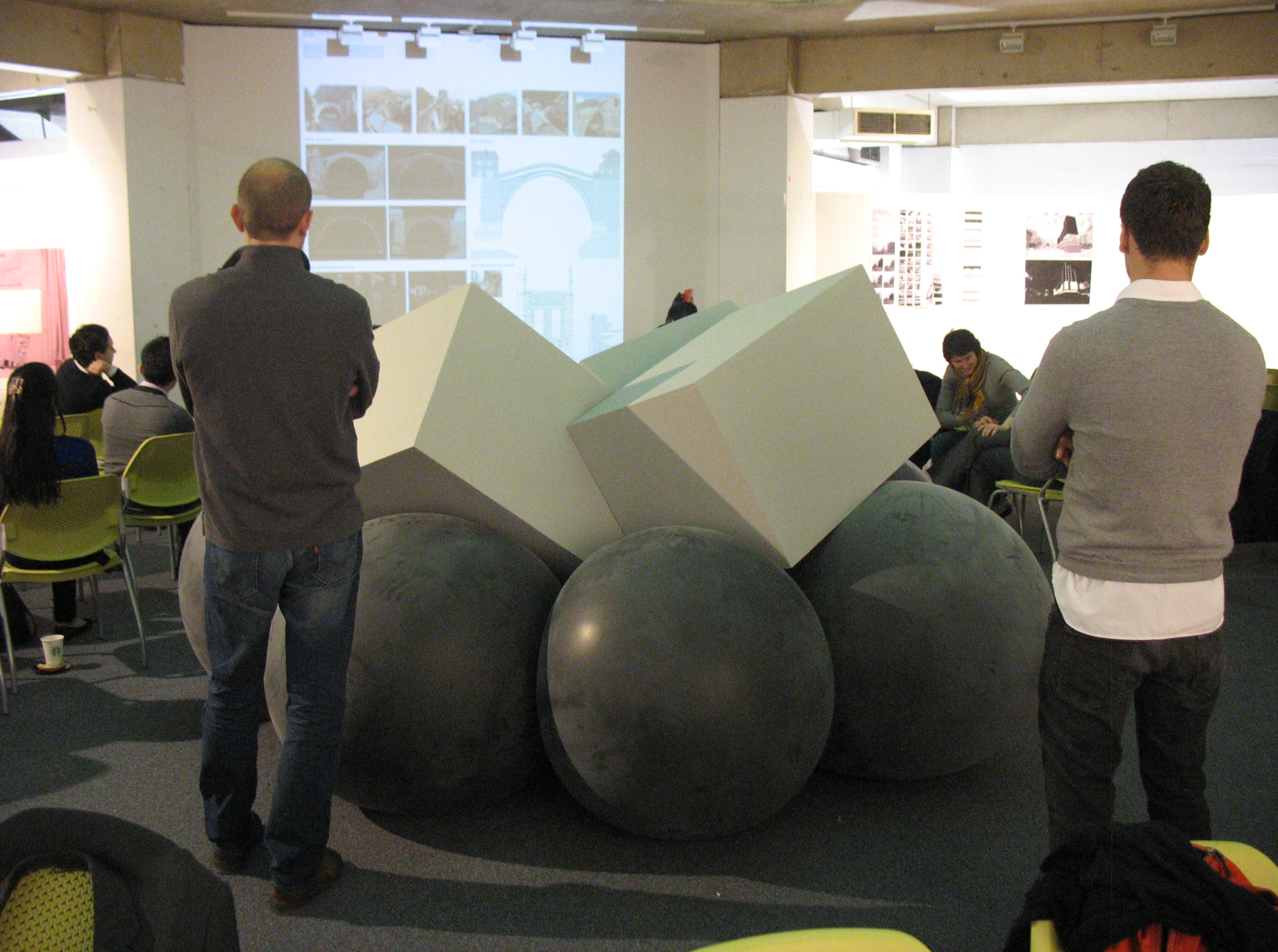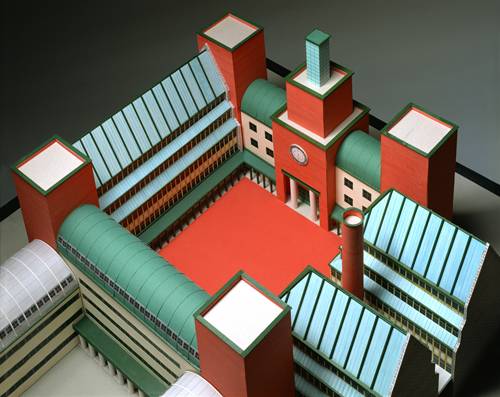Stanley Schultz
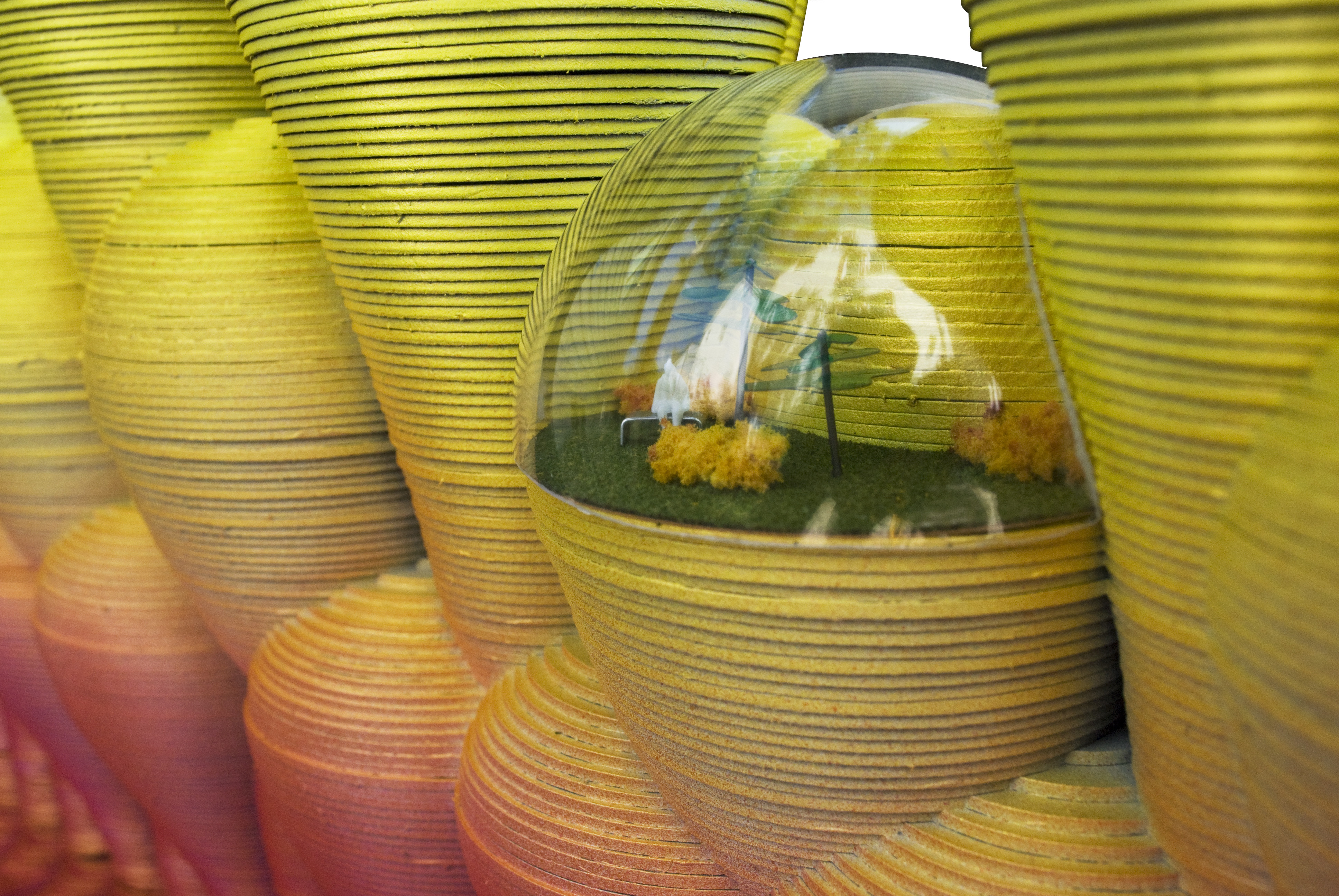
Today CityVision presents Stanley Shultz an American architect and artist interested in the intersection between art, architecture and creative practice.
Taking care of contemporary he is creator of new and engaging experiences dealing with the matter in a new way and always focusing on the context.
His purpose is to provide a new way of relating and re-establish a contact with contemporary culture and environment.
Big Living
Big Living is a speculative housing project with a focus on developing a new block typology that explores future scenarios of mansion living. Part of a year long research studio into investigating the blurring of suburban and urban desires, a re-occurring topic of individuals seeking dense but spacious environment led me to ask the question, “how can I retain a dense building mass while keeping low occupancy?” Big Living is a lifestyle oriented proposal for individuals seeking an urban aesthetic with a spacious, bucolic and amenity lush environment while offering a uniquely dense form. This project provides on site cleaning, dog grooming, valet, food service and personalized circulation. Collective bio-domes provide the space for pools, ponds, farming and spaces of vegetal leisure. Pockets of gardens are also sprinkled throughout each of the expansive mansion units to accommodate the lack of ground space and making for a richer interior. The retractable domes allow these gardens to be both interior and exterior as desired by the occupants.
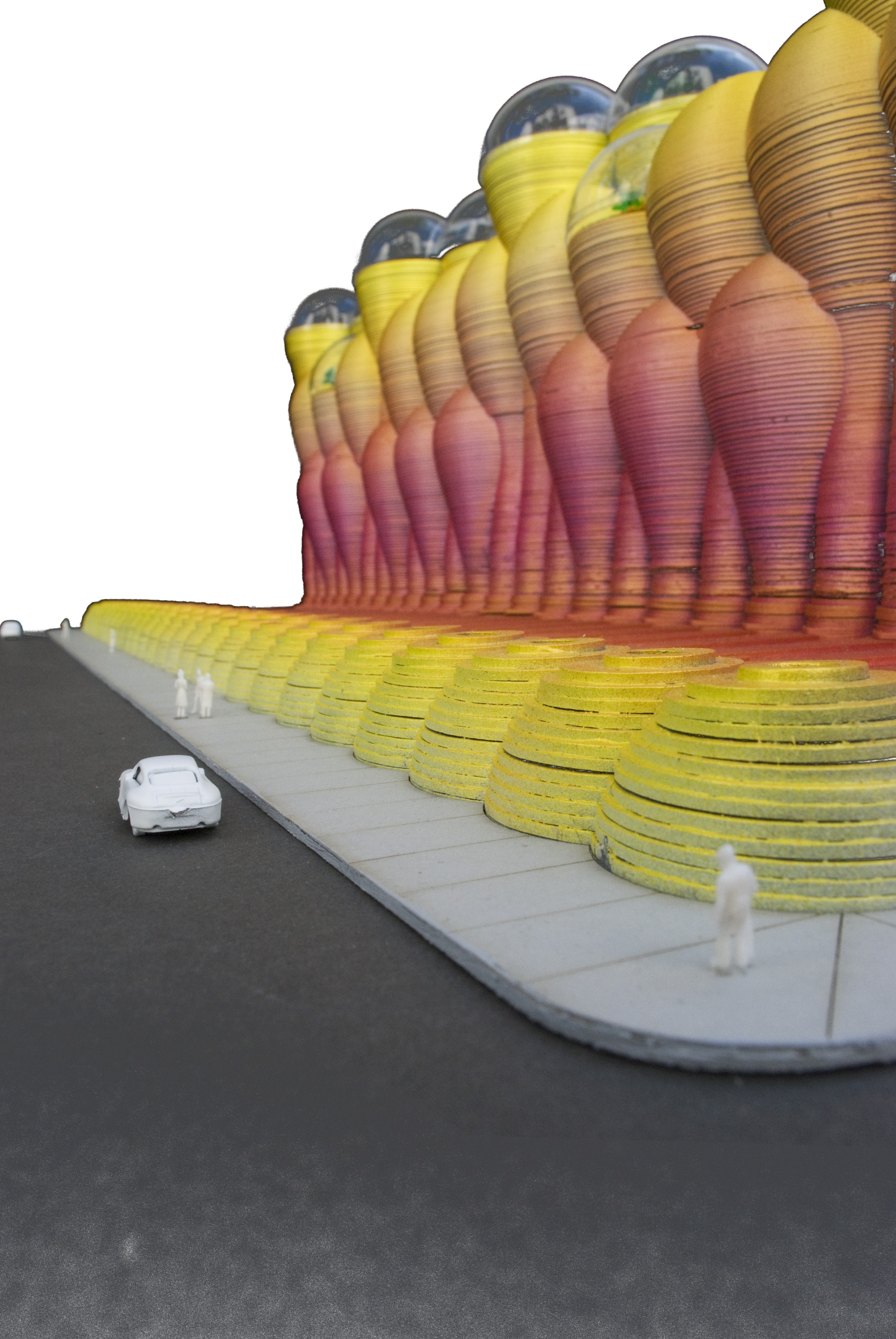
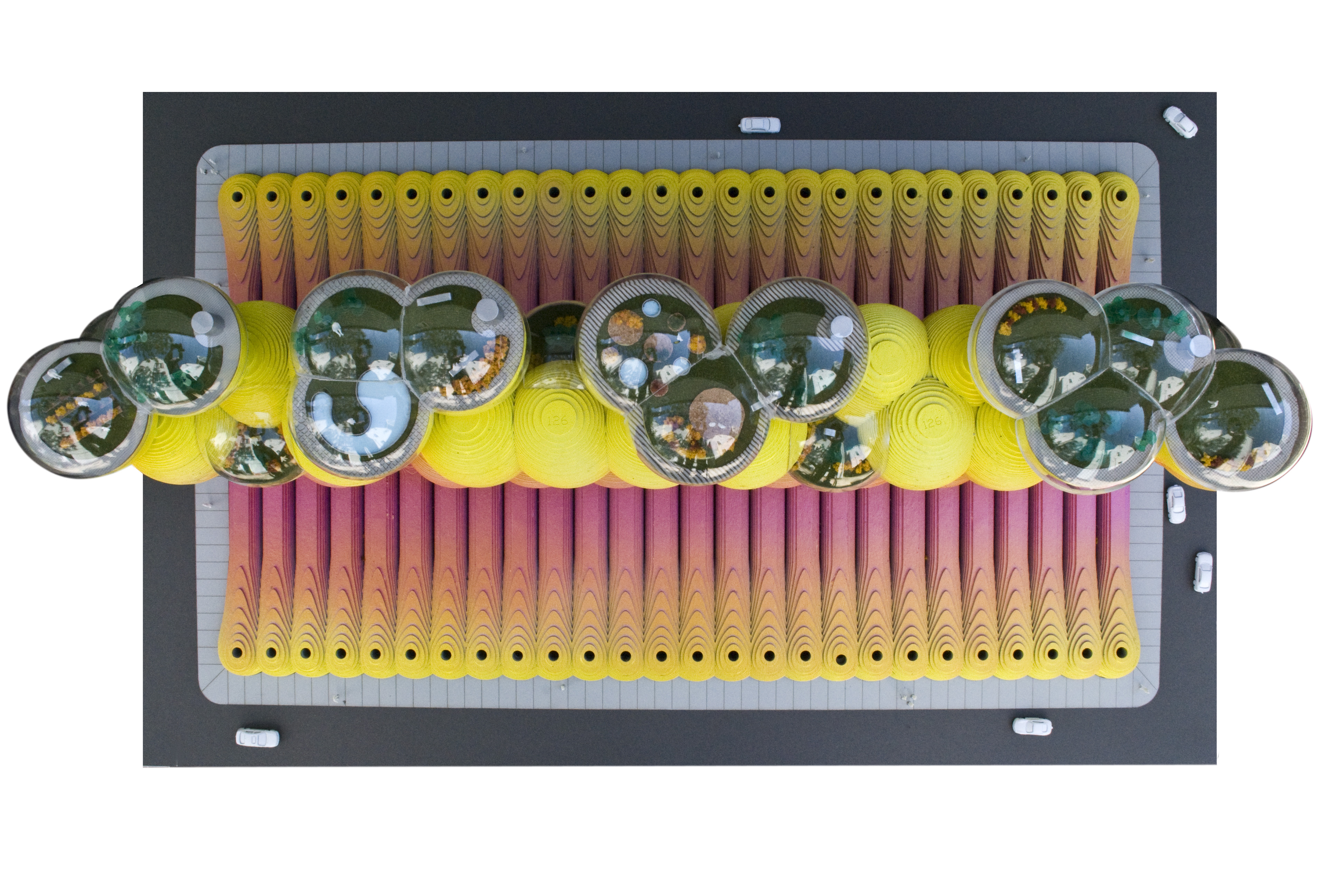
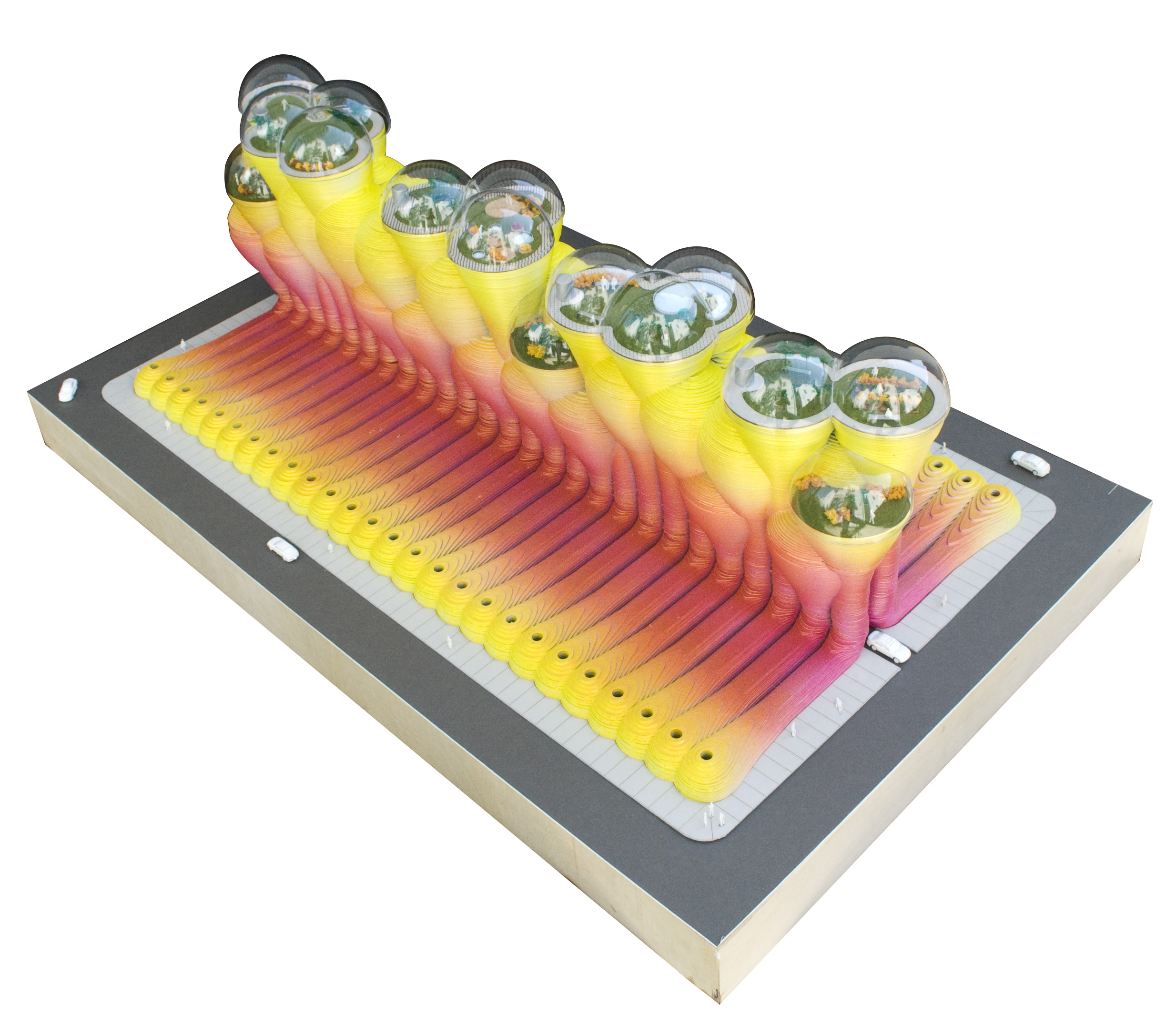
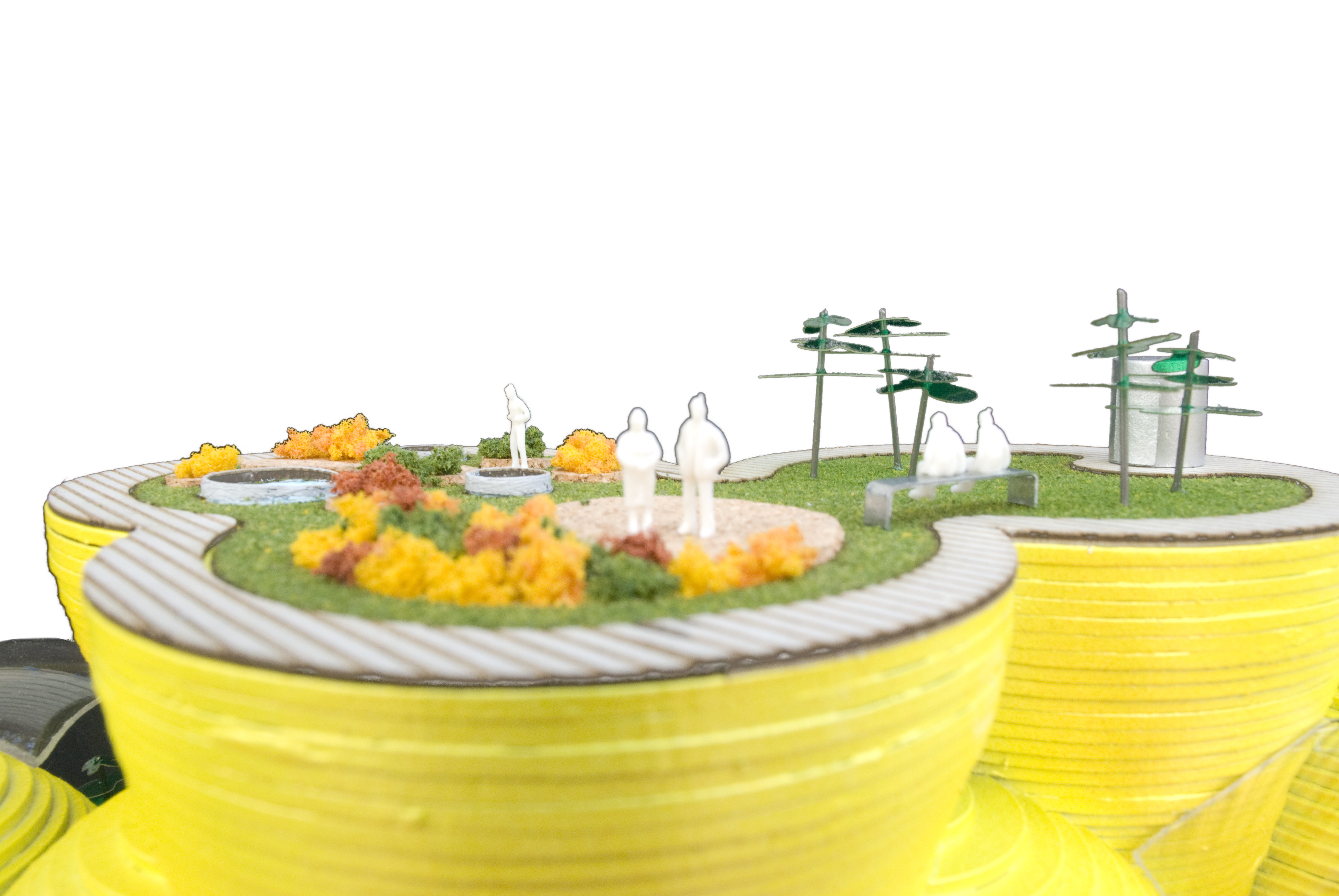
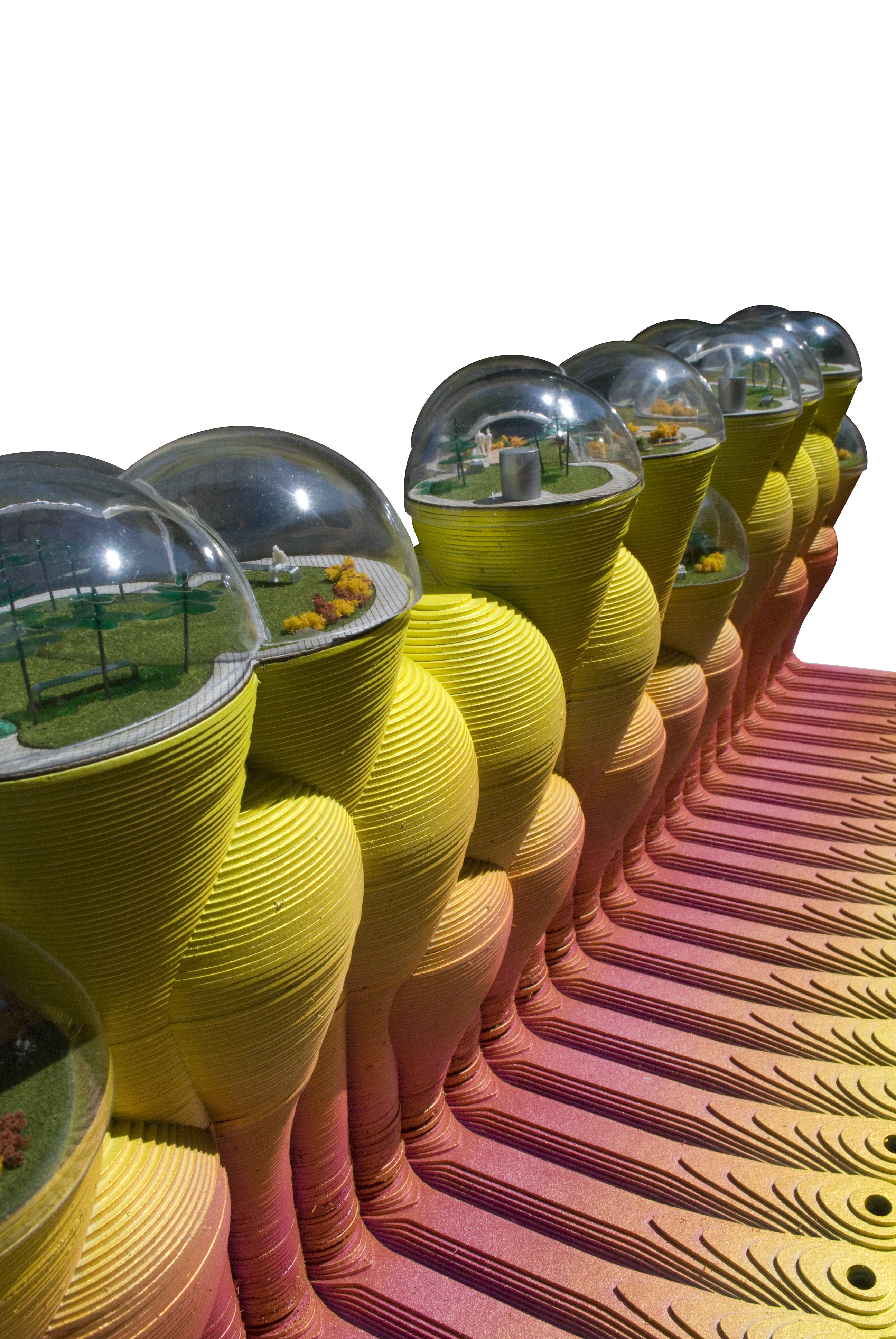
Rubble & The Bubble: Re-enacting Pruitt-Igoe
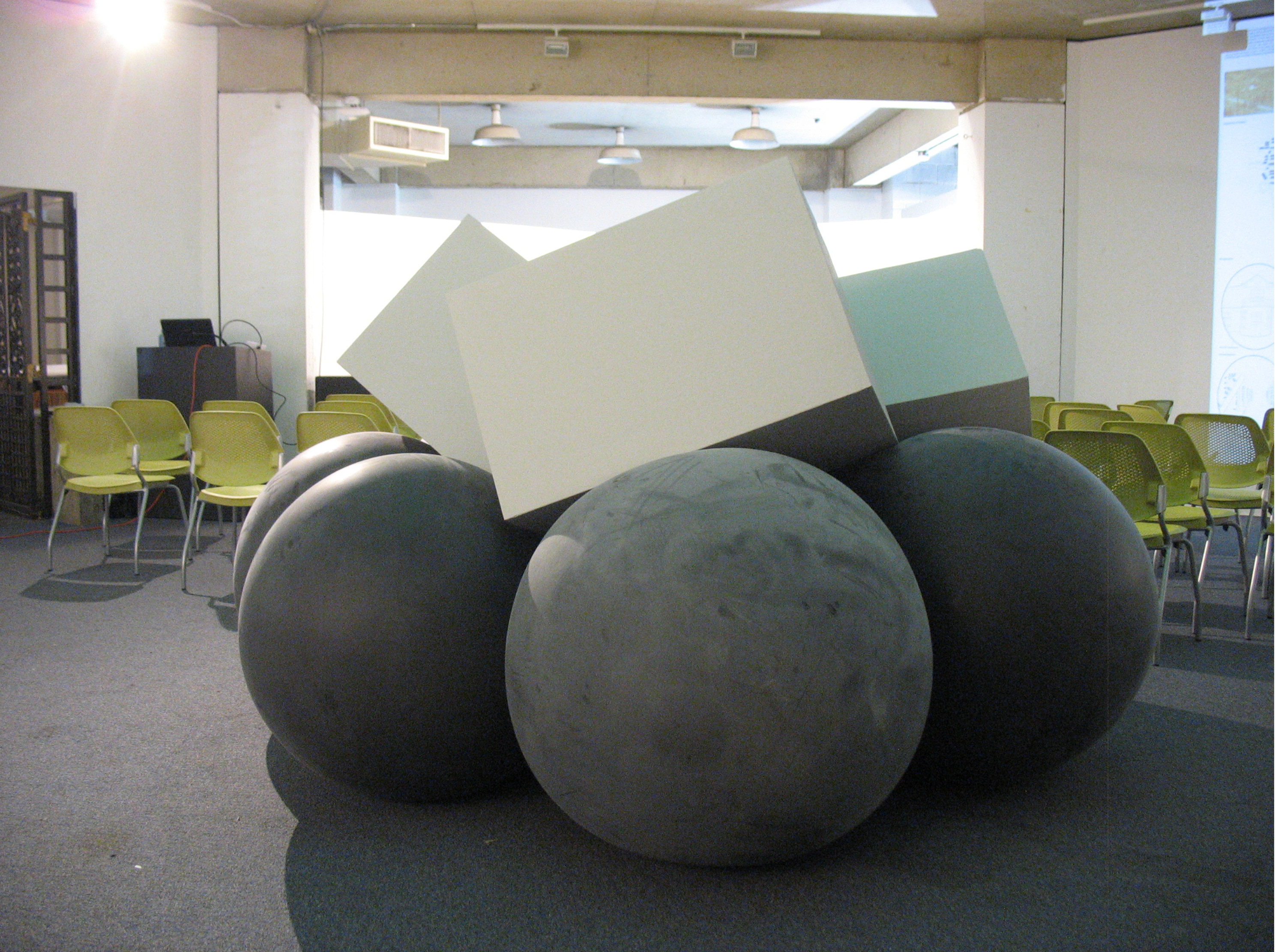
As part of a studio focused on developing historical re-enactment as a technique for design, the previous site of Pruitt-Igoe was selected as grounds for experimentation. My personal interest in the project went outside of the standard reinterpretation of program, politics and leftover infrastructure. Conflating the iconic C-15 implosion image with Charles Jencks’ statement “The Death of Modernism occurred on July 15, 1972 at 3:32 pm”, provided the material to re-enact a moment in architectural discourse. The image, which Jencks used to make his statement, offers a way of looking at the moment in which no architectural agenda was present. This frozen moment in which C-15 is working in tension with the cloud of dust is the moment directly before modernism dies and postmodernism runs amuck. Here lies a material tension and spatial novelty produced by the crumbling mass supported by the flexible environmental producer and consumer that is the cloud. Simultaneously, architecture with a capital “A” and non-architecture are supporting each other in a completely harmonious yet unstable way. One cannot exist without the other. The environment of speculation, the cloud, grows as the ideal structure of modernism collapses. It is here that the image of C-15 acts as a filter in which all architecture can be pushed through. The more one tries to run from modernism the more they are tied to it. The more runs with non-architecture the faster their moment dissipates. These sprints often times lead us out to sea, or trap us in a fuzzy, murky black box environment.Through spatial narrative, Rubble & The Bubble is an attempt at harnessing the unstable nature of the soft and hard ideas of our discipline through creating novel spaces in tension by re-enacting moments in architectural history.

